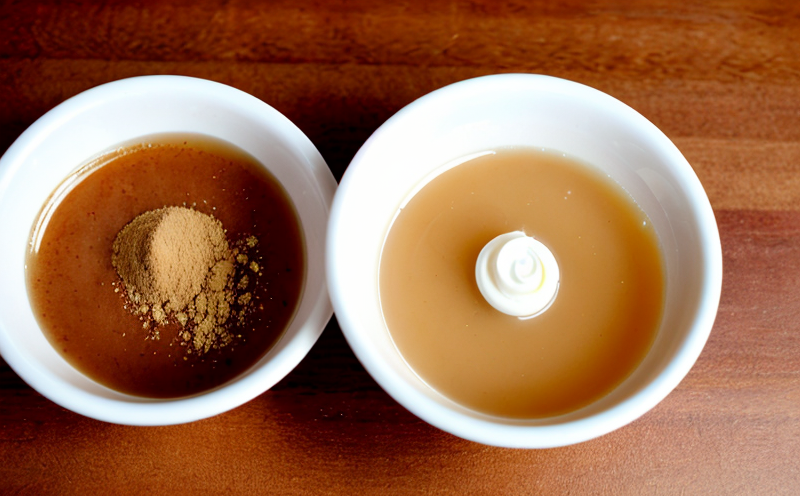ASTM E679 Sensory Sweetness Threshold Testing
The ASTM E679 Sensory Sweetness Threshold Test is a crucial method used to determine the lowest concentration at which a sweetener can be perceived by human taste. This test plays an essential role in the development, quality control, and regulatory compliance of food products containing sweeteners such as sucralose, aspartame, and stevia. The test ensures that consumers receive consistent sweetness levels across different product formulations.
Developed by ASTM International (formerly known as American Society for Testing and Materials), the E679 standard provides a standardized procedure to measure sensory thresholds using either two-alternative forced-choice or triangle tests. This methodology allows for accurate determination of sweetening effectiveness, which is vital for maintaining product consistency and meeting consumer expectations.
The test involves trained panelists who sample solutions containing varying concentrations of the target sweetener alongside a reference solution (usually water). Panelists are asked to indicate when they first detect sweetness. The results from these trials help establish the sensory threshold value, which is then used to ensure that products meet specified sweetness levels.
The importance of this test extends beyond just identifying thresholds; it also aids in optimizing product formulations by providing insights into how consumers perceive sweetness at different concentrations. This information can be particularly valuable for research and development teams looking to enhance the consumer experience or improve cost-efficiency through more precise ingredient usage.
Accurate sensory testing is critical not only within the food industry but also across various sectors where sweeteners play a significant role, such as pharmaceuticals, cosmetics, and beverage production. By adhering strictly to ASTM E679 guidelines, laboratories can ensure reliable and consistent results that meet both internal quality standards and external regulatory requirements.
| Standard Reference | Description |
|---|---|
| ASTM E679-18 | Standard Practice for Sensory Threshold Testing Using Two-Alternative Forced Choice and Triangle Tests. |
| ISO 5664:2016 | Guidelines for the Determination of Sweetness Thresholds in Beverages. |
Applied Standards
The ASTM E679 Sensory Sweetness Threshold Testing strictly adheres to the procedures outlined in ASTM E679-18 and ISO 5664:2016, which provide comprehensive guidelines for conducting sensory tests. These standards ensure that all testing is performed under controlled conditions, using standardized methods, and with trained personnel, thus yielding consistent results.
| Standard Reference | Description |
|---|---|
| ASTM E679-18 | Standard Practice for Sensory Threshold Testing Using Two-Alternative Forced Choice and Triangle Tests. |
| ISO 5664:2016 | Guidelines for the Determination of Sweetness Thresholds in Beverages. |
Benefits
- Precision: Ensures accurate measurement of sweetness thresholds, leading to consistent product quality.
- Efficiency: Streamlines the R&D process by providing reliable data for formulation adjustments.
- Regulatory Compliance: Meets industry standards and regulatory requirements, ensuring safe and effective products.
- Innovation: Supports continuous improvement in product development through detailed sensory insights.
Eurolab Advantages
EuroLab offers unparalleled expertise in ASTM E679 Sensory Sweetness Threshold Testing, providing clients with comprehensive services that go beyond just technical execution. Our team consists of experienced professionals who understand the nuances of sensory testing and can provide valuable insights into product development.
We utilize state-of-the-art equipment and facilities to ensure precise and reproducible results. Our laboratories are equipped with modern taste panels, allowing us to conduct tests under controlled conditions that meet international standards. This setup ensures that our clients receive accurate data which they can trust.
In addition to testing, EuroLab also offers consultation services aimed at helping companies optimize their product formulations based on sensory test results. Our consultants work closely with R&D teams to identify areas for improvement and suggest practical solutions to enhance sweetness perception without compromising on other quality aspects.
Our commitment to excellence is reflected in our ability to deliver high-quality results consistently across all projects we undertake. We pride ourselves on maintaining strict adherence to international standards, ensuring that every test conducted meets the highest professional expectations.





